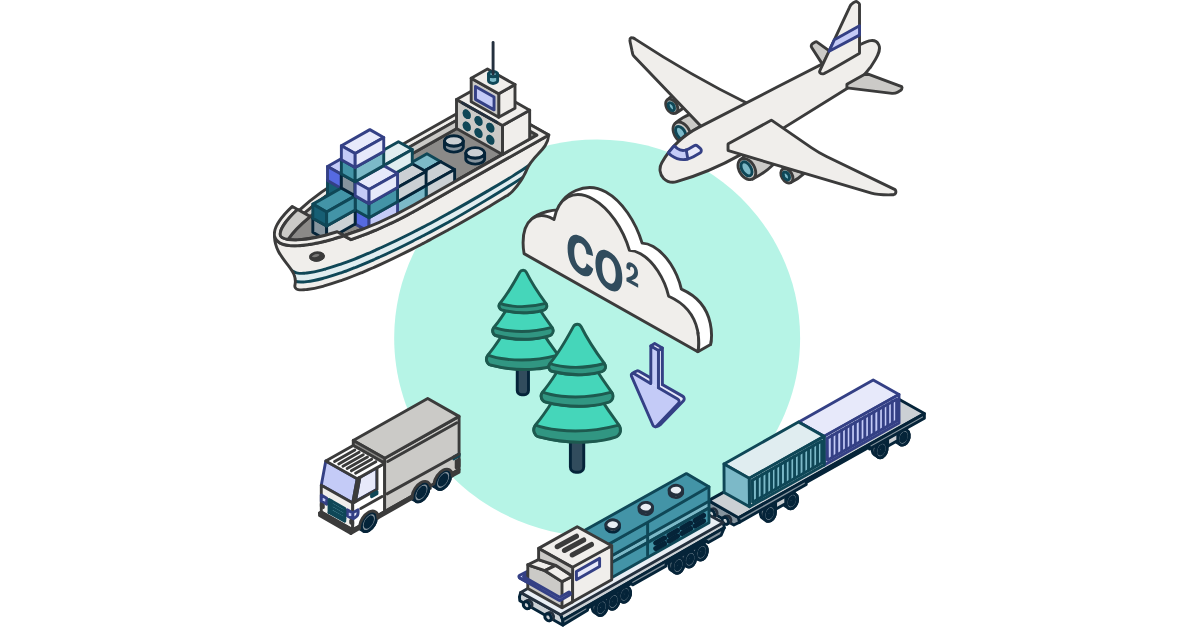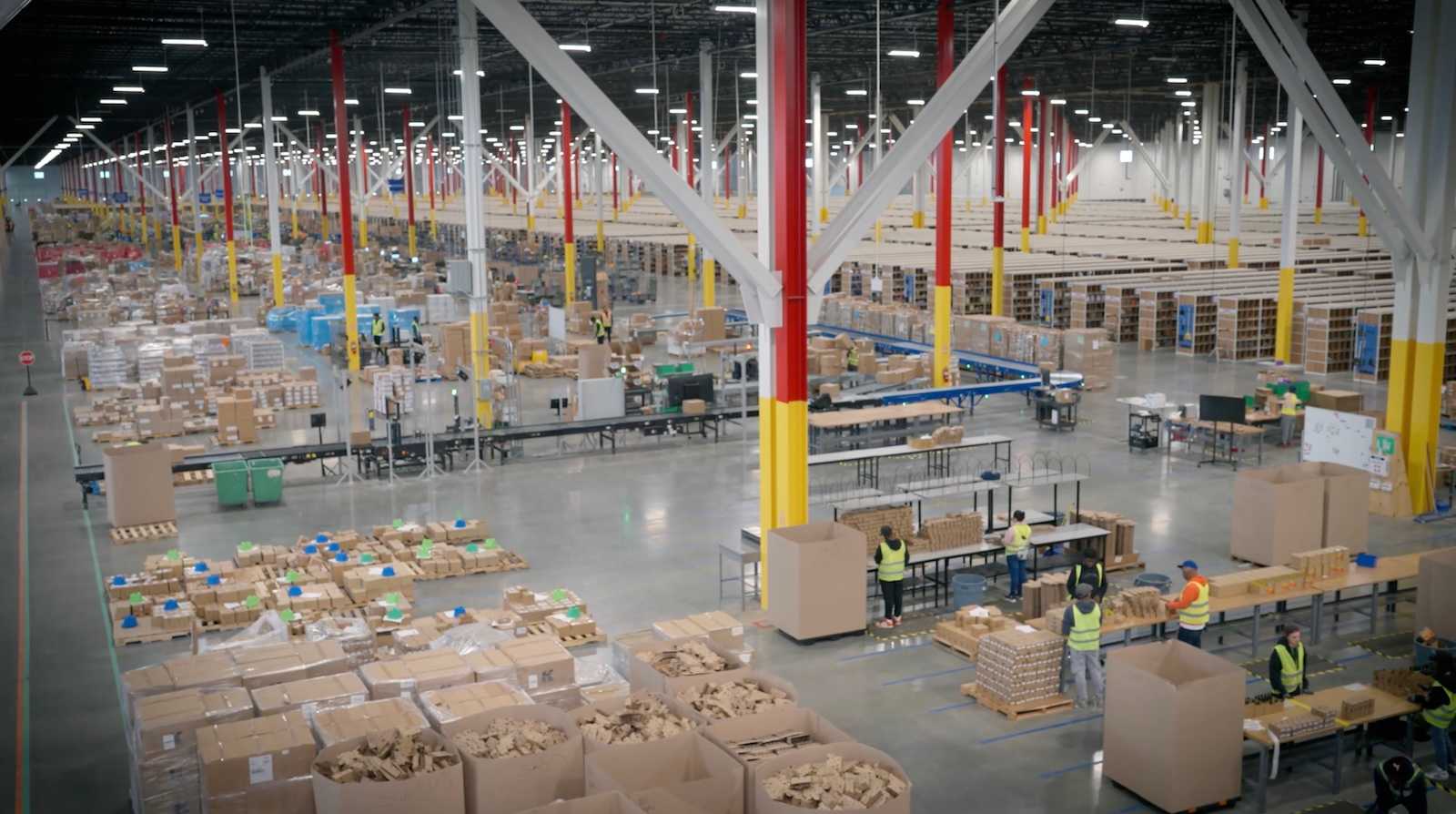
August 22, 2024
What We Know about Canada’s Railroad Lockout and the Impact on North American Supply Chains
Updated on August 26, 2024:
On August 24, 2024, the Canada Industrial Relations Board (CIRB) ordered employees from Canada’s two largest railways—Canadian National Railway Company (CN) and Canadian Pacific Kansas City Limited (CPKC)—to return to work.
This binding decision followed a work stoppage and lockout that began on August 22, involving more than 9,000 employees represented by the Teamsters union, which brought national freight rail traffic to a standstill and posed a significant threat to North American economies.
CPKC will resume rail operations in Canada at 12:01 a.m. ET on Monday, August 26, per a CIRB order directing CPKC to restart operations and requiring Teamsters Canada Rail Conference (TCRC) employees to return to work. CPKC has requested that TCRC employees begin their shifts on Sunday to quickly restore the flow of goods, and minimize further disruptions to the Canadian economy and supply chains.
Read on for Flexport’s breakdown—including implications for U.S. and Canadian supply chains, and strategic advice for Flexport clients.
What Has Happened?
The simultaneous shutdowns of two of Canada’s biggest railways complicated both U.S. and Canadian supply chains. First, a quick recap of what has happened:
- The rail stoppage follows months of labor talks between the railways and 9,300 engineers, conductors, and yard workers (represented by Teamsters Canada).
- The union raised concerns about working conditions, wages, and fatigue management.
- Within the last several weeks, negotiations reached an impasse. Canadian business groups—and even the Canadian government—urged both parties to reach a resolution, to no avail.
- Both sides failed to reach an agreement before the deadline of 12:01 a.m. ET on August 22, despite a number of last-minute efforts.
What’s at Stake for U.S. and Canadian Supply Chains?
The American and Canadian economies are tightly bound. A whopping 75% of all Canadian exports are sent to the U.S., mainly via rail. These shipments span goods like grains, oil, and timber, and industries ranging from agriculture to auto manufacturing.
Additionally:
- As mainstays of the Canadian economy, CN and CPKC move $1 billion in daily freight—a third of which is destined for the U.S.
- In the first half of this year, U.S.-Canadian trade totaled $382.4 billion—14% of which was fueled by bilateral rail trade. Both Canadian and American industries are on the line.
- The lockout has resulted in ripple effects across all modes of transport. For example, we’ve seen a surge in intra-Canadian long-haul trucking rates—a pattern that’s likely to continue, with trucking carriers continuing to increase prices after a protracted period of low rates.
- Canadian rail transport also streamlines international shipments: a significant portion of Asian exports to the U.S. route through the Canadian ports of Vancouver, Prince Rupert, and Montreal, and travel via rail to Chicago and other U.S. hubs. Why? Canadian port efficiencies translate into shorter transit times and reduced costs for American businesses.
- Canadian rail complications may also intensify the effects of work stoppages within the U.S.—namely, a potential International Longshoremen’s Association (ILA) stoppage on the East Coast, slated for October 1st.
In the absence of Canadian rail transport, the U.S. could see increased costs and supply chain bottlenecks across the board.
Guidance for Flexport Customers
At Flexport, we’re keeping a close eye on the situation and guiding each customer in one of two strategic directions:
- Transloading and trucking: Avoid rail if possible, and transload and truck cargo from ocean ports instead. That said, if importers pursue this solution en masse, it’s likely we’ll also see increased trucking rates, port congestion, and delays at transloading facilities.
- Cargo diversions: Over the last few weeks, we’ve advised customers to reroute U.S.-bound cargo via U.S. West Coast ports. With the work stoppage now in motion, we’ll likely see a surge in these West Coast reroutings, whose effects are already palpable. For example, we’re already seeing congestion in Tacoma due to rail car shortages—and if U.S. rail cargo traffic continues its ascent, congestion will likely worsen across the country.
If you have specific questions or concerns, please reach out to your account manager.
Related content
![Emissions calculator image for ABM pages]()
Emissions Calculator
Sustainability Starts with Awareness. Take the first step in building a greener future, measure your freight emissions today with Flexport.org's Open Emissions Calculator.
![EWR Photo 1]()
Flexport’s Vision
Celebrating One Year of Fulfillment: Flexport’s Vision for Building the Best End-to-End Logistics Solution
![SAF Launch Post_HERO]()
BLOG
Decarbonizing the Aviation Sector: Introducing Flexport’s Sustainable Aviation Fuel Program






